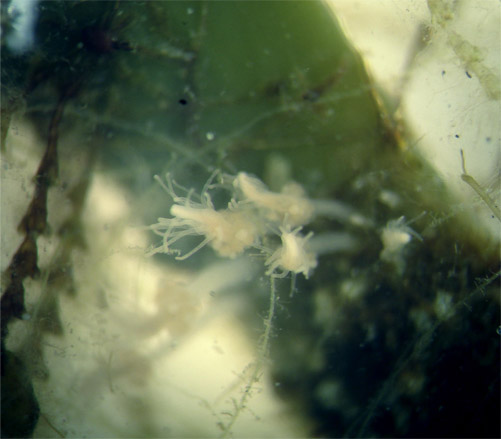
Cnidarians.
Cnidarians are mostly jellyfishes and coralls.
The specimens of corall polips in the White sea are mainly actinias. In addition there are a lot of various hydroids (Hydrozoa) - a very big group of small colonial cnidarians.

This is Clava multicornis - a typical hydroid. These tiny polips usually grow on the Ascophyllum algae.
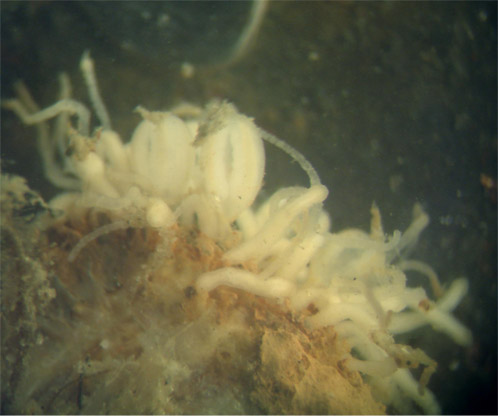
▌“Ņ Monobrachium parasitum, - a strange comensal hydroid which lives only on the shells of Macoma calcarea.This hydroid has only one tentacle!
The most of cnidarians (except corall polipes) has two generations: the polip and the jelly. The jellies of hydroids are rear and small, it is very difficult to sea them. I had success only one time - I met Perigonimus vesicarius.
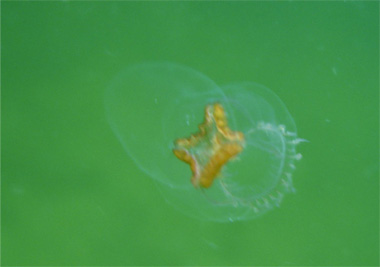
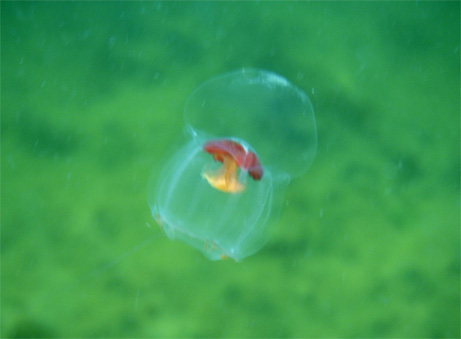
This is a strenge jelly. You can see on the top of the umbrella some strange transparent ball. I don't know why does this species need such structure.
You can meet three species from another class of cnidarians (Scyphozoa):
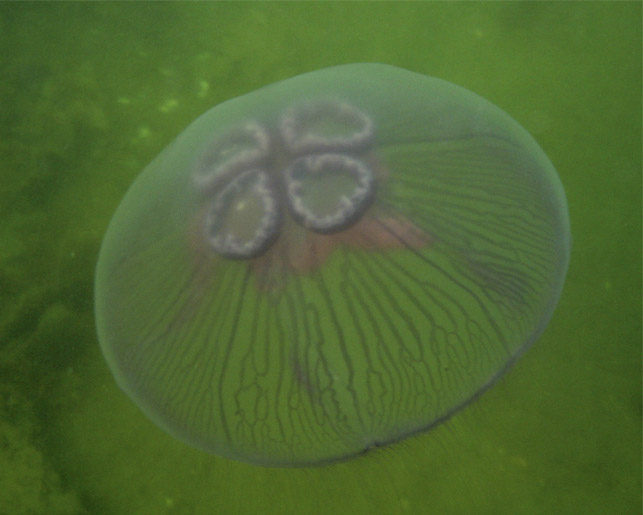
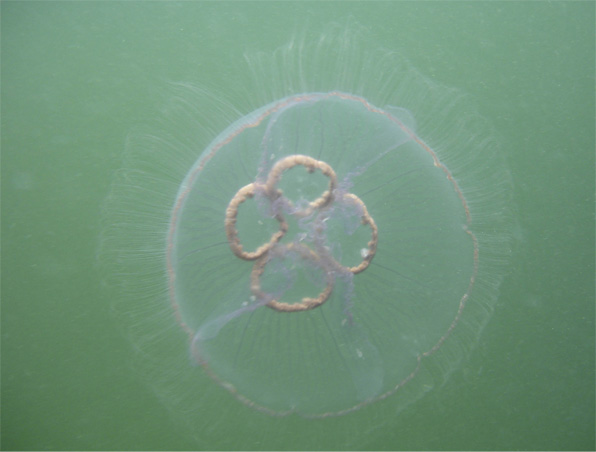
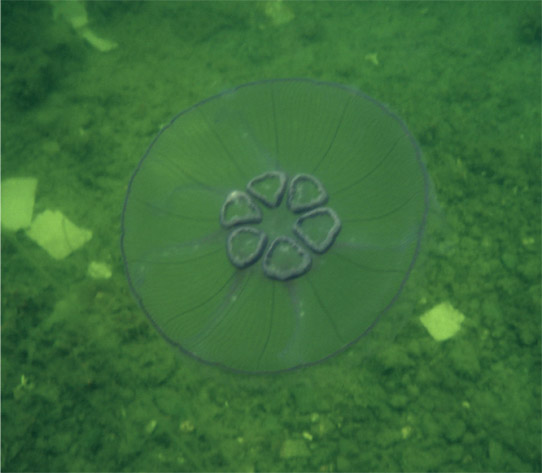
Aurelia aurita, the most common jelly in the whole world! Sometimes these jellies gather in the huge numbers. If it happends, the sea looks like a very disgusting soup.
Usually Aurelia is four-symmetric. Some of the jellies are six-symmetric.
The other species of White sea jellies is Cyanea arctica.
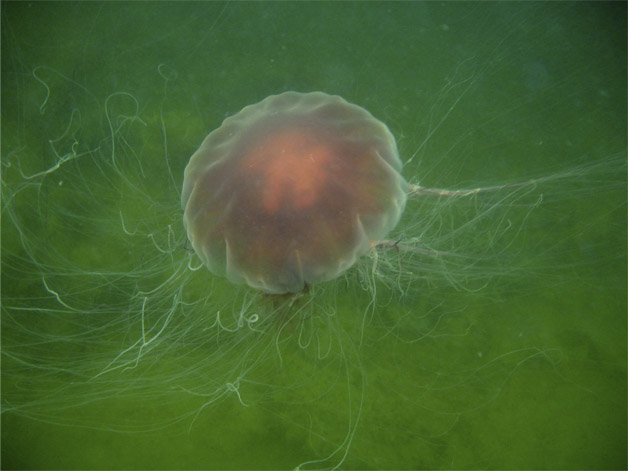
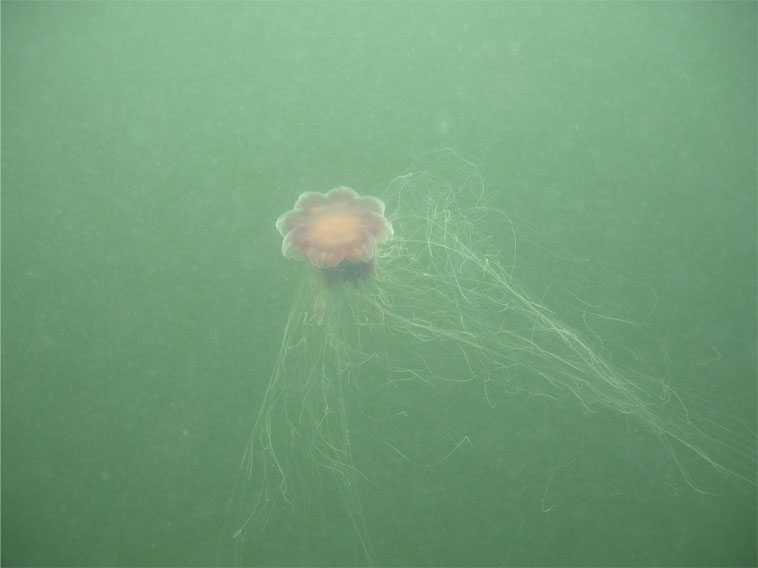

These jellies usually feed with Aurelia. Cyanea is the biggest jelly of the world, its tentacles may be over 20 m in length!
The third scyphozoan species doesn't even lok like a jelly!
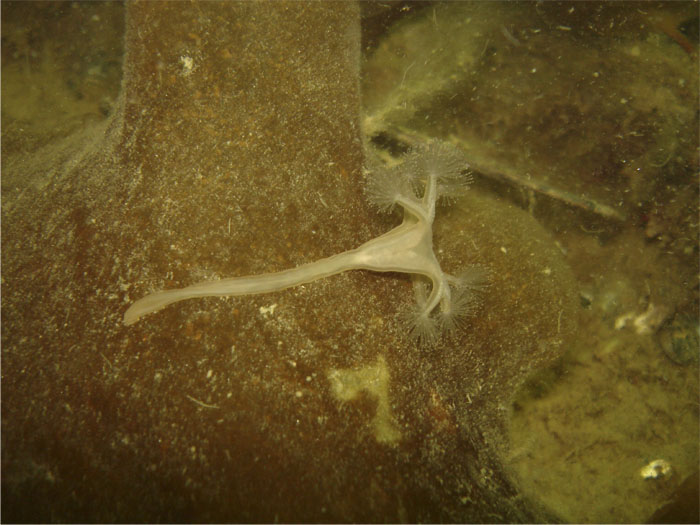
Lucernaria quadricornis - a stalked jellyfish. It is possible to meet this species on the lower side of laminaria.
There are several species of actinias in the Chupa inlet. I found two of them. This is a small litoral actinia species Bunodactis stella
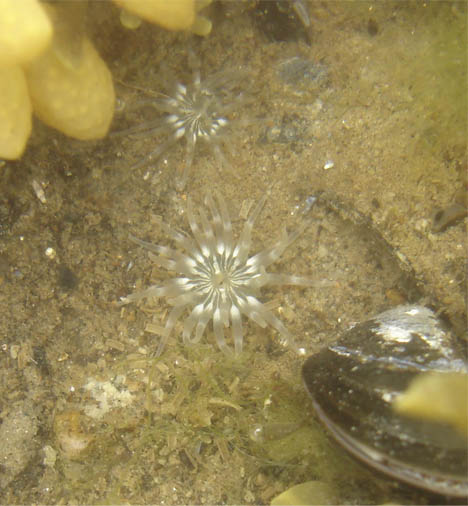
It is small, about 3 cm in tentacle-spread.
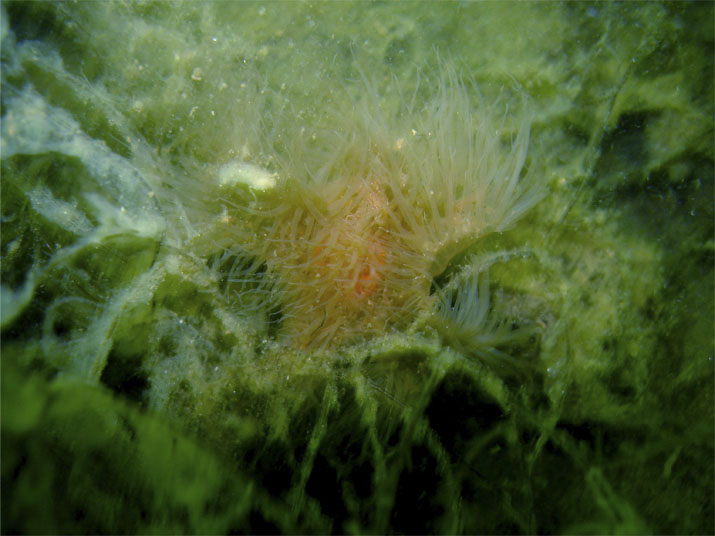
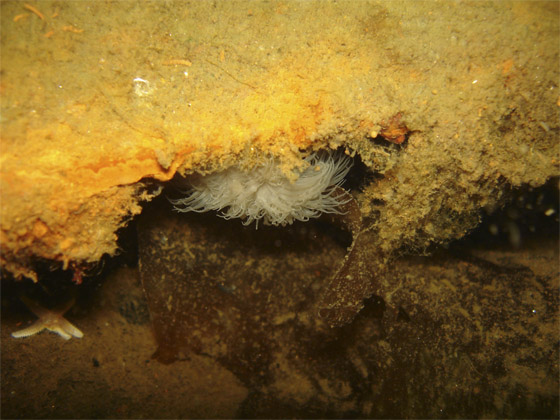
Metridium senile, the biggest actinia species in the White sea. It can grow over 30 cm in the tentacle-spread! go to the
main page.